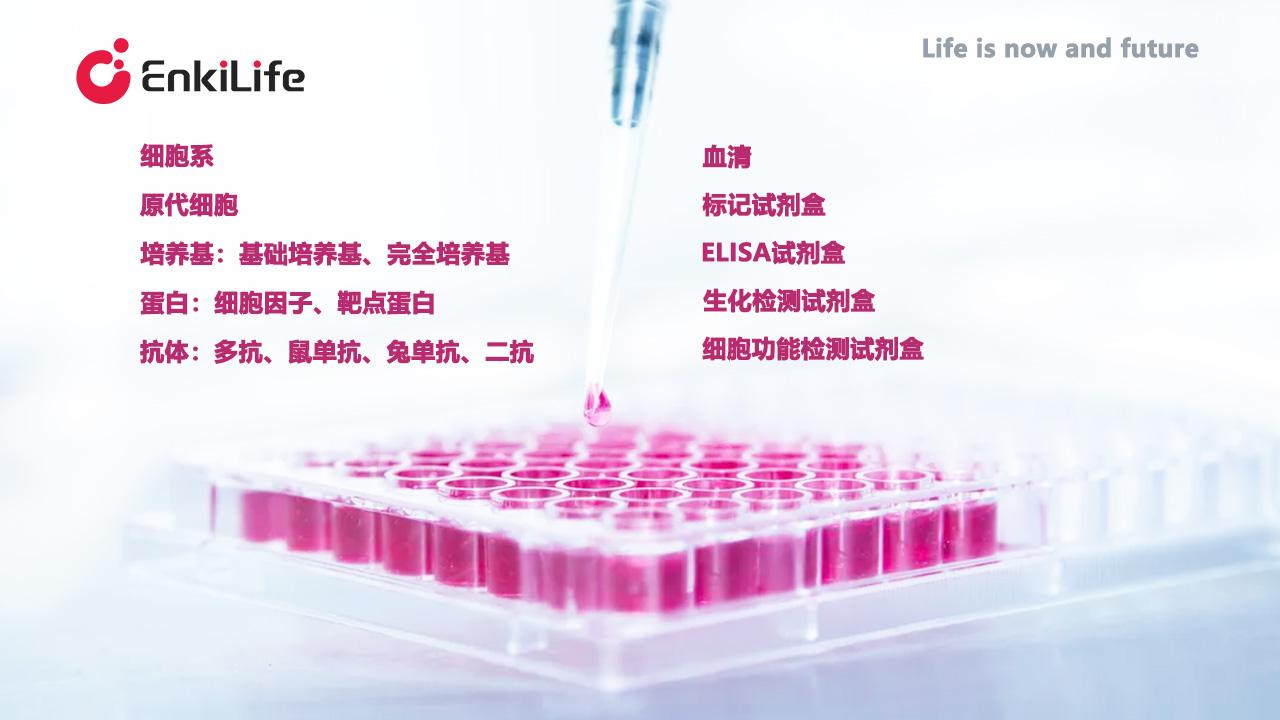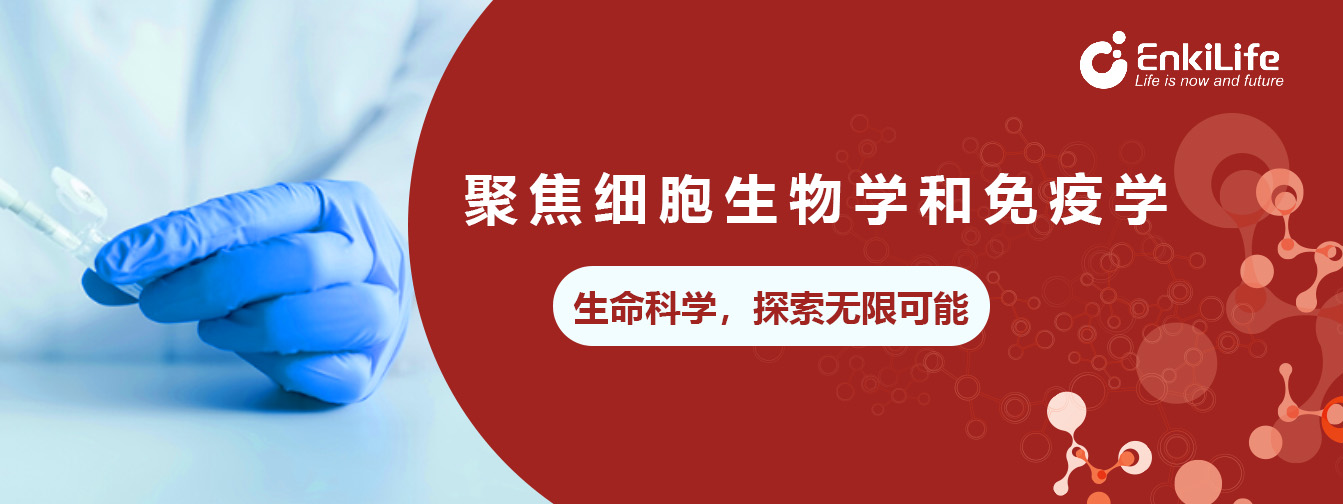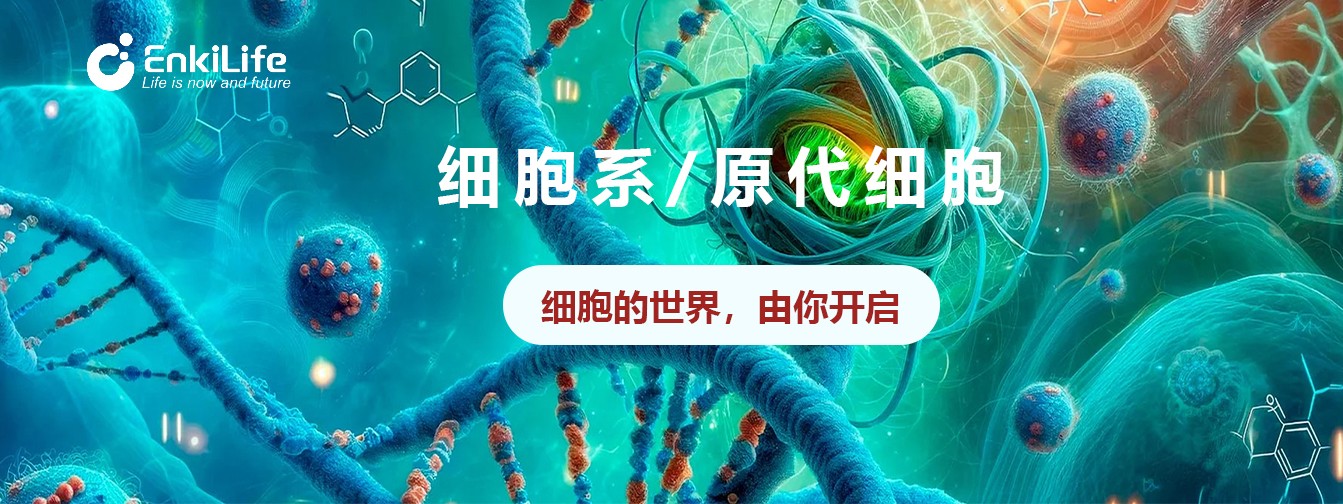人前列腺癌细胞PC-3
发表时间:2025-07-18人前列腺癌细胞PC-3
一. 细胞来源
PC-3细胞系于1979年从一名62岁白人男性前列腺腺癌的骨转移灶中分离建立[1]。

二. 生物学特性
1.形态与超微结构
上皮细胞形态,电镜显示大量微绒毛、异常线粒体、核膜内褶及脂质体,符合低分化腺癌特征[1]。属于低分化前列腺腺癌(Gleason评分高),具有高度侵袭性和转移潜能[1][2]。
2.生长特性
锚定非依赖性生长:可在软琼脂中形成集落,具备体外成瘤能力[1]。
低血清依赖性:比正常前列腺上皮细胞更少依赖血清生长[1]。
3.分子特征
激素非依赖性:不响应雄激素、糖皮质激素或表皮/成纤维细胞生长因子[1]。
遗传畸变:非整倍体核型(亚三倍体,模态染色体数64-68),含≥10种标志染色体[1][3]。
关键通路:CXCL5过表达通过自分泌/旁分泌途径上调BAX、NDRG3、CXCR2,抑制ERK,促进恶性表型[4]。
4.肿瘤标志物
PSA阴性、AR蛋白阴性[5][6],保留AR核心调控因子但无功能响应。
三. 培养与储存
1.培养基:常规使用DMEM/F12添加胎牛血清(10%),可形成球状体(Spheroids)模拟肿瘤微环境[7]。
2.冻存条件:液氮保存(-196°C)于含10% DMSO的冻存液中,复苏存活率>90%[8]。
四. 研究应用领域
1.药物筛选平台:广泛用于天然化合物(如茶多酚、植物提取物)及纳米药物的抗癌机制研究[9][10][11]。
2.转移机制模型:研究骨转移、上皮-间质转化(EMT)及CXCL5/CXCR2信号轴的作用[4][8]。
3.癌症干细胞研究:通过球状体培养富集干细胞亚群,鉴定PLAC-1等干细胞标志物[7]。
五. 近年研究进展(2018–2024)
1.天然化合物治疗:
Phyllanthus muellerianus 和 Ficus exasperata 提取物通过激活Fas/FasL及线粒体途径诱导凋亡[10]。
EGCG(表没食子儿茶素没食子酸酯)与锌/镉离子协同增强细胞毒性,机制涉及67LR受体上调和膜结构破坏[11][12][13]。
2.纳米技术应用:茶源性金纳米颗粒(T-AuNPs)对PC-3表现出剂量依赖性细胞毒性[9]。
3.干细胞靶向:2024年研究发现PC-3来源的癌症干细胞高表达PLAC-1,为靶向治疗提供新靶点[7]。
六. 局限性与克服方法
1.局限性:
缺乏AR通路响应,无法模拟激素敏感性前列腺癌[6]。
遗传异质性高,长期传代可能导致特性漂移[8]。
2.克服策略:
联合使用其他细胞系(如LNCaP、22Rv1)互补研究[4][2]。
采用类器官或3D培养模拟体内微环境[7]。
七. 总结与展望
PC-3细胞系作为激素非依赖性前列腺癌研究的核心模型,在揭示转移机制、药物开发及干细胞研究中发挥不可替代的作用。未来需结合单细胞测序、 CRISPR-Cas9 基因编辑等技术,深入解析其异质性;同时开发人源化小鼠模型,提升临床转化价值[2][8][14]。

参考文献
1. Establishment and characterization of a human prostatic carcinoma cell line (PC-3). Kaighn ME, et al. Invest Urol. 1979;17(1):16-22. [PMID: 111023]
2. In vitro and in vivo model systems used in prostate cancer research. Cunningham D, et al. Am J Clin Exp Urol. 2015;3(1):1-10. [PMID: 26110158]
3. Synthesis, structural characterization, and preliminary biological characterization of organotin polyethers derived from hydroquinone and substituted hydroquinones. Barot G, et al. J Inorg Organomet Polym Mater. 2009;19(1):94-1010.
4. High C-X-C motif chemokine 5 expression is associated with malignant phenotypes of prostate cancer cells via autocrine and paracrine pathways. Qi Y, et al. Int J Oncol. 2018;53(1):359-370. [PMID: 29749452]
5. A new human prostate carcinoma cell line, 22Rv1. Sramkoski RM, et al. In Vitro Cell Dev Biol Anim. 1999;35(7):403-402. [PMID: 10462210]
6. The diverse and contrasting effects of using human prostate cancer cell lines to study androgen receptor roles in prostate cancer. Yu SQ, et al. Asian J Androl. 2009;11(1):39-46. [PMID: 19050691]
7. Identification of placenta-specific protein 1 (PLAC-1) expression on human PC-3 cell line-derived prostate cancer stem cells compared to the tumor parental cells. Farhangnia P, et al. Sci Rep. 2024;14(1):11677. [PMID: 38849421]
8. The current state of preclinical prostate cancer animal models. Pienta KJ, et al. Prostate. 2008;68(6):629-639. [PMID: 182136310]
9. Green nanotechnology from tea: Phytochemicals in tea as building blocks for production of biocompatible gold nanoparticles. Nune SK, et al. J Mater Chem. 2009;19(19):2912-2920. [PMID: 19399194]
10. Phyllanthus muellerianus and Ficus exasperata exhibit anti-proliferative and pro-apoptotic activities in human prostate cancer PC-3 cells by modulating calcium influx and activating caspases. Defo Deeh PB, et al. Sci Rep. 2021;11(1):24135. [PMID: 34921166]
11. 陈勋. 儿茶素与锌离子相互作用对前列腺癌细胞PC-3生长的影响. 茶叶科学. 2006;26(2):121-124.
12. Stone KR, Mickey DD, Wunderli H, et al. Isolation of a human prostate carcinoma cell line (DU 145). Int J Cancer. 1978;21(3):274-281. [PMID: 631930]
13. 张岚翠. 67LR介导的EGCG,YIGSR对前列腺癌细胞PC-3细胞毒性的影响及其分子机制. 中国药理学通报. 2009;25(4):521-528.
14. 孙世利. EGCG与锌、镉离子相互作用及其在前列腺癌细胞PC-3中的生物学行为. 食品科学. 2008;29(4):372-377.
15. Identification of a cell of origin for human prostate cancer. Goldstein AS, et al. Science. 2010;329(5991):568-571. [PMID: 20671182]




